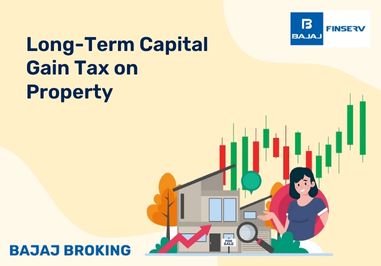A trigger SIP is a little different from your quintessential SIP as it lets investors determine certain conditions or ‘triggers’ that need to be met to carry out the investment. These triggers are determined based on the market events and can be related to certain stock price movements, various economic indicators, etc. Once these triggers are met, the investment is carried out, helping investors purchase securities at the lowest prices and sell them at the highest thus producing maximum returns.
How Do Trigger SIPs Work?
Simply put, the working of a trigger SIP can be compared to that of an alarm clock. Here the alarm setter is you, while the alarm itself is the investment being carried out. Here, you get to choose the alarm time i.e. when you want the investment to be carried out. The ‘when’ in question here are the triggers that you will define, which when achieved, will result in the investment being carried out.
There are two specific triggers that the trigger SIP considers:
Under this trigger, an investor can set a specific price level, which, when achieved, will result in the investment being carried out.
Under this trigger, specific market events or economic conditions act as the trigger.
The Impact of Trigger SIPs on Investment Strategy
With the help of trigger SIPs, investors gain the ability to carry out timely investments. For example, if the trigger of the trigger SIP is based on the market going through a downturn, which would result in the purchase of specific stocks, then the provision helps investors take advantage of lower prices to buy more units.
Scenario Analysis: Performance of Trigger SIPs
Here are certain hypothetical situations that will help you understand trigger SIPs better:
A Basic SIP:
From January 2000 to October 2023, an equity fund SIP investment of ₹1,00,000 yielded a consolidated amount of ₹2.64 crores.
A Trigger SIP:
Let us now take the above example and imagine it with a trigger SIP in the picture. If the trigger of this SIP was to double the investment every time the market took a 5% dip, the consolidated amount at the end of the tenure would end up being larger.
While, right now, it might look like a trigger SIP is a good alternative to regular SIP where returns are concerned, it has also been found that in the long-term, its effectiveness isn’t al that different from regular SIPs. This is mainly due to the volatile nature of the market.
Should You Opt for Trigger SIPs?
Trigger SIPs are suitable for investors who have a good understanding of market movements and can set intelligent triggers based on sound analysis rather than emotion. They offer a more active investment approach but require more attention and a better understanding of market conditions.
For novice investors or those who prefer a hands-off approach, traditional SIPs might be more beneficial. These plans capitalize on the market’s long-term growth potential without the need to monitor and react to short-term fluctuations.
Final Takeaway
There is no doubt that Trigger SIPs are a unique way for experienced traders and investors to increase their returns through strategic investments that are based on certain market conditions. However, like any investment option, it is always better to weigh the pros and cons of an investment provision before jumping on the bandwagon.
Do you have a trading account app or demat account app?
You can open an account with Bajaj Broking in minutes.
Download the Bajaj Broking app now from Play Store or App Store.
Disclaimer: Investments in the securities market are subject to market risk, read all related documents carefully before investing.
This content is for educational purposes only. Securities quoted are exemplary and not recommendatory.
For All Disclaimers Click Here: https://www.bajajbroking.in/disclaimer













